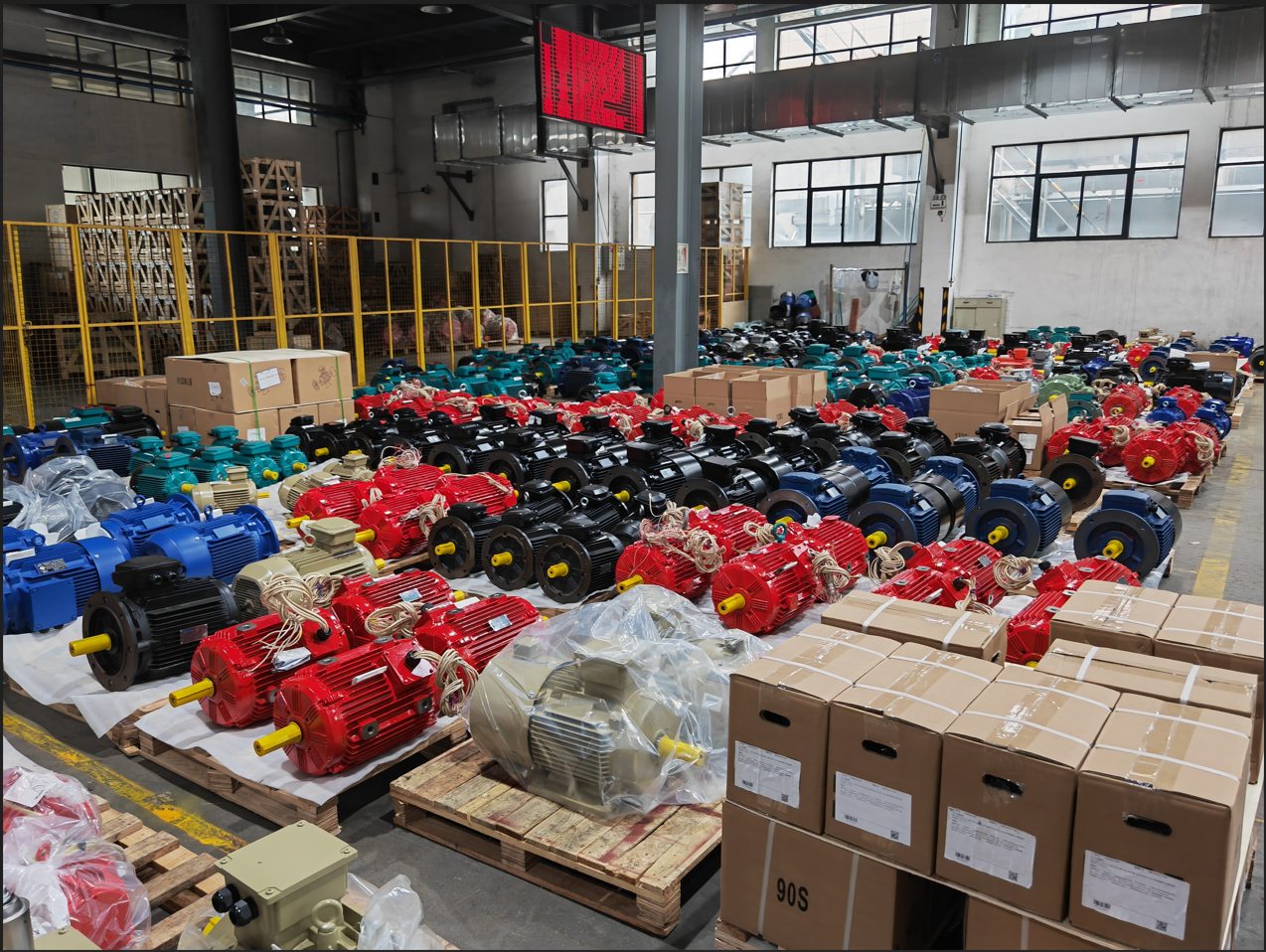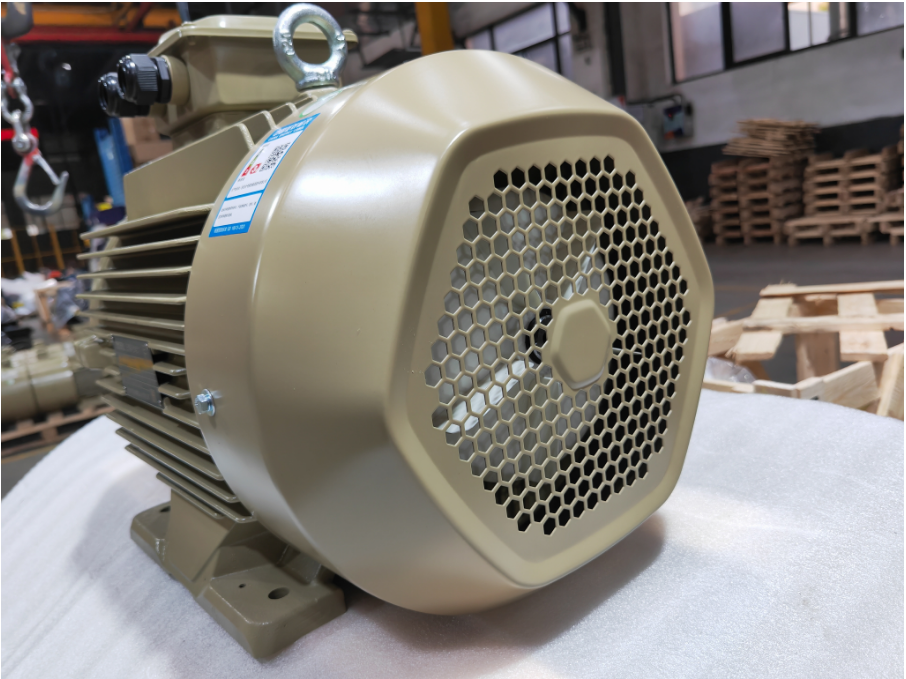Shaft currents in motors are a common problem that can lead to premature failure and expensive repairs. Understanding the causes of shaft currents and how to prevent and treat them is critical to maintaining the efficiency and longevity of motor systems.

Shaft current is the current flowing through the motor shaft and can occur due to a variety of factors including voltage spikes, unbalanced voltages, and high frequency switching. This phenomenon can cause damage to the motor’s bearings, shafts and other critical components, ultimately leading to downtime and increased maintenance costs.
Motors can produce shaft currents for a variety of reasons. One of the main reasons is the presence of stray capacitance between the stator and rotor windings, which can create a path for current to flow through the shaft. In addition, voltage spikes and unbalanced voltages in the motor system can also cause shaft currents to appear.
To prevent shaft currents from occurring, appropriate mitigation techniques must be implemented. One effective method is to install a shaft grounding device such as a ground brush or bearing guard ring. These devices provide a low-impedance path for electrical current to flow, effectively diverting current away from the motor shaft and preventing damage to the bearings.
In addition to proactive preventive measures, it is also important to address existing shaft currents in the motor system. Dealing with shaft current involves determining the root cause of the problem and taking corrective action. This may include resolving voltage imbalances, installing an insulation system, or upgrading the motor’s grounding system.

Regular maintenance and monitoring of motor systems is also critical to detecting and resolving shaft current problems before they escalate. By performing routine inspections and implementing preventive maintenance measures such as lubrication and temperature monitoring, potential shaft current problems can be identified and resolved early.
In summary, understanding the causes of shaft current in motors and implementing preventive measures is essential for maintaining the reliability and efficiency of motor systems. By addressing the root causes and implementing proper mitigation techniques, the detrimental effects of shaft current can be minimized, ultimately leading to improved motor performance and reduced maintenance costs.
Post time: Aug-20-2024

